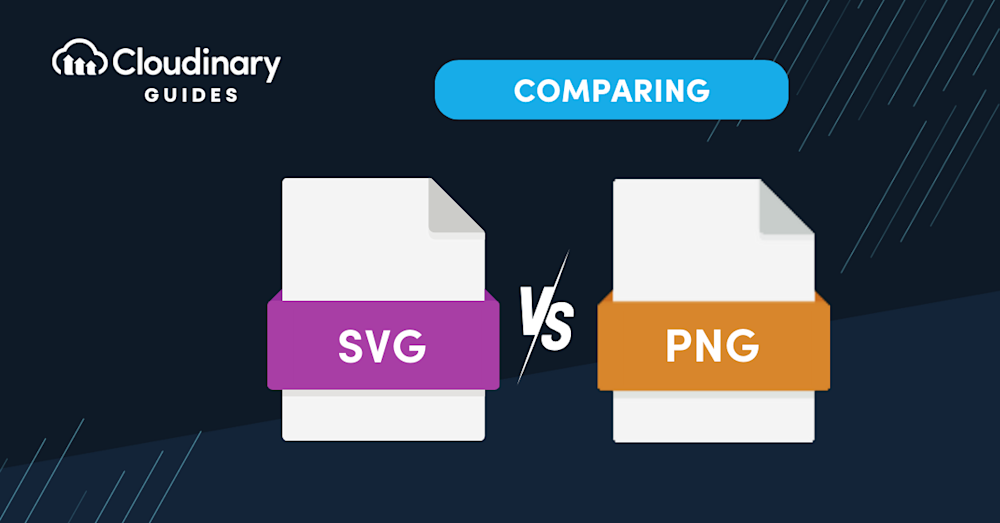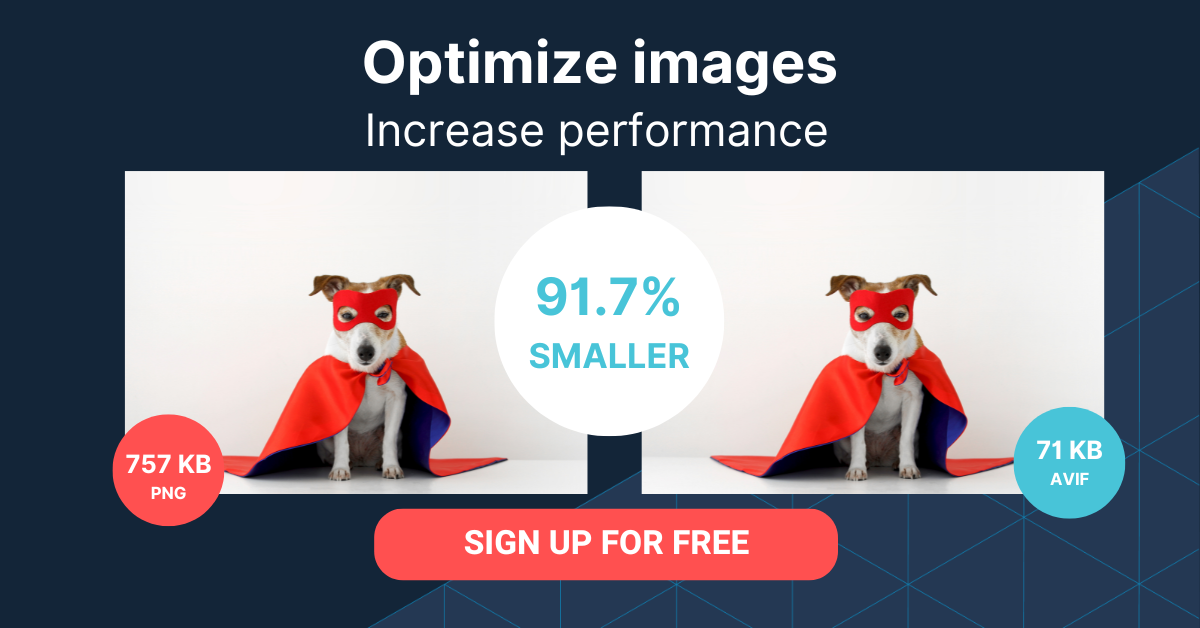What Is SVG?
Scalable Vector Graphics, or SVG, is a popular web image format that uses vectors to display images, making it an ideal choice for high-resolution displays and responsive web design. SVG images are made up of paths, shapes, and text, which are defined by mathematical equations. These equations allow SVG images to be scaled up or down without losing any quality, making them resolution-independent.
One of the major advantages of using SVG images is their small file size. Since the images are defined by mathematical equations rather than pixels, the file size is often much smaller than that of a raster image, such as a PNG. This is especially beneficial for web developers looking to optimize the performance of their websites.
Another advantage of SVG images is their ability to be easily manipulated using CSS and JavaScript. This means that you can change the appearance of an SVG image on your website simply by adjusting some code, without needing to create a new image file. This can be a huge time-saver for web designers and developers.
What Is PNG?
Portable Network Graphics, or PNG, is a raster image format commonly used for web images and photographs. Unlike SVG, PNG images are made up of pixels, which are small squares of color that come together to form the image. PNG images have a fixed size, meaning that they can lose quality when scaled up or down, making them resolution-dependent.
PNG images have several key features that make them a popular choice for web developers. First, they support lossless compression, which means that the image quality is not compromised when the file size is reduced. This is particularly useful for images with large areas of solid color, such as logos and icons.
Second, PNG images support transparency, allowing web designers to create images with transparent backgrounds that can be layered over other elements on a webpage. This is a significant advantage over other raster image formats, such as JPEG, which do not support transparency.
Finally, PNG images are widely supported by web browsers and image editing software, making them a versatile choice for web developers and designers.
In this article:
SVG vs. PNG: 4 Key Differences
1. Image Quality and Scaling
2. File Size
3. Browser Support
4. Manipulation and Animation
Why vectorize PNG images?
Vectorizing PNG images is beneficial because it allows for infinite scalability without losing quality, making logos, icons, and illustrations look sharp at any size. It also enables easy editing and manipulation of graphic elements, which is not possible with raster images like PNGs.
Additionally, SVG files tend to have smaller file sizes, improving website load times and performance. They maintain high quality on any screen resolution, ensuring a crisp appearance across various devices. Furthermore, SVGs can be dynamically styled and animated with CSS or JavaScript, allowing for more interactive and engaging web experiences.
SVG vs. PNG: 4 Key Differences
1. Image Quality and Scaling
SVG images are vector-based, which means they can be scaled up or down without losing quality. This makes them an excellent choice for responsive web design, where images need to adapt to different screen sizes and resolutions.
PNG images, on the other hand, are raster-based and can lose quality when scaled. This means that if you need to display an image at multiple sizes, you may need to create multiple PNG files to ensure the best quality at each size.
2. File Size
In general, SVG images tend to have smaller file sizes compared to PNG images, especially when dealing with simple graphics or icons. This is because SVG images are defined by mathematical equations rather than pixels, which can result in smaller file sizes.
However, for more complex images or photographs, the file size of an SVG may be larger than that of a PNG. It’s essential to consider the specific image you’re working with when deciding which format will result in the smallest file size.
3. Browser Support
Both SVG and PNG images are widely supported across modern web browsers, making them both reliable choices for web development. However, it’s worth noting that some older browsers, or other platforms like email clients, may not support either SVG images, PNG images, or both. It is important to identify which browsers or platforms your images will be viewed in, and check which format they support.
4. Manipulation and Animation
One of the primary benefits of using SVG images is their ability to be easily manipulated using CSS and JavaScript. You can change the appearance of an SVG image on your website simply by adjusting some code, without needing to create a new image file. This can save time and make it easier to create dynamic, interactive elements on your website.
PNG images, on the other hand, cannot be manipulated in the same way and require a new image file for any changes made to the image, or may need to be converted to another format.
Learn more in our detailed guide to how to convert PNG to JPG
Consider Cloudinary’s URL Transformations
Cloudinary allows you to easily transform your images on the fly to any required format without the need for coding skills. Simply upload your images to Cloudinary and deliver them in your desired format via URL.
SVG vs. PNG: How to Choose
Here are some factors to keep in mind when choosing between SVG and PNG:
Design Complexity
If you’re working with simple graphics, icons, or logos, SVG may be the better choice due to its smaller file sizes and ability to be scaled without losing quality. However, if you’re dealing with complex images or photographs, a PNG may be more appropriate due to its lossless compression and support for transparency.
Responsiveness
If you need your images to adapt to different screen sizes and resolutions, SVG is likely the better option. Its ability to scale without losing quality makes it an excellent choice for responsive web design.
Browser Compatibility
While both SVG and PNG images are widely supported across modern web browsers, older browsers may have better support for PNG images. If you need to ensure compatibility with older browsers, you may want to opt for a PNG image.
Interactivity
If you want to create dynamic, interactive elements on your website, SVG is the clear winner. Its ability to be manipulated using CSS and JavaScript makes it a powerful tool for web developers and designers.
How to Convert SVG to PNG with Cloudinary
Converting SVG to PNG with Cloudinary is easier than you think.
Simply upload your image to Cloudinary, get the URL, and change the URL extension from SVG to PNG.
For example, if your original URL is:
https://res.cloudinary.com/image/upload/logo.svg
To change it to PNG, just modify the URL to:
https://res.cloudinary.com/image/upload/logo.png
And that’s it!
Mastering SVG and PNG with Cloudinary
Cloudinary’s f_auto parameter is a game-changer regarding dynamic image conversion. It intelligently selects the appropriate format for your images based on the browser’s capabilities, ensuring optimal delivery for every device and scenario. For example, if the browser supports SVG, Cloudinary will deliver the SVG version of your image. If not, it will automatically convert it to PNG, guaranteeing a seamless experience for your users. With f_auto, you no longer need to convert and deliver different file formats for different devices manually.
But that’s just scratching the surface of what you can do with Cloudinary. The platform offers an extensive range of features to enhance your SVG and PNG images. From resizing and cropping to applying effects and filters, Cloudinary gives you the tools to transform and optimize your graphics effortlessly. With Cloudinary’s intuitive interface and robust API, you can easily integrate image transformations into your workflows and unlock the full potential of SVG and PNG files.
Cloudinary empowers you to master SVG and PNG files with its dynamic image conversion capabilities and comprehensive features. Whether you’re looking to seamlessly deliver scalable and interactive SVG graphics or high-quality PNG images, Cloudinary has you covered.
Say goodbye to hassles and hello to the power and convenience of Cloudinary. Try it out today and elevate your image game like never before.


